2025 Author: Howard Calhoun | [email protected]. Last modified: 2025-06-01 07:12:56
Many people, even indirectly not related to the metal industry, are likely to have heard of such material as stainless steel. But due to the fact that not all of us have even a superficial knowledge in the field of metallurgy, stainless steel is sometimes credited with amazing, but far from reality, properties.
For the purpose of education, this article was written, describing one of those steels that are proudly called “stainless steel”. On the agenda is steel 30x13, characteristics, application and a few more important aspects that you should definitely pay attention to.
Destination
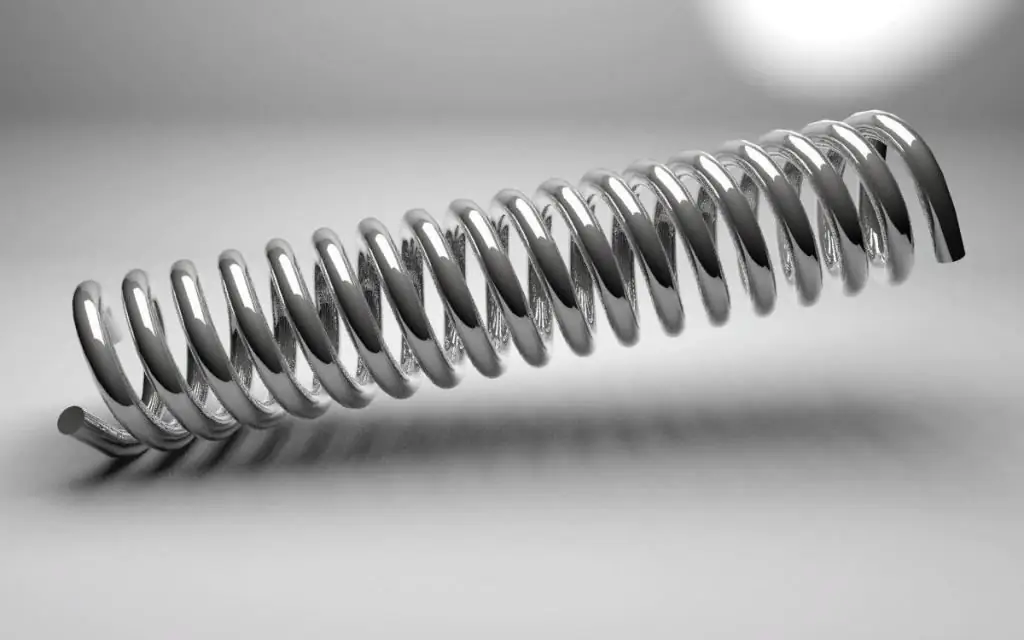
The first thing to start with is the use of steel 30 x 13, the characteristics of which will be described later. After all, knowing what it is intended for, it will be easier for you to understand everything that will be discussed below.
So, steel 30 x 13 is corrosion-resistant, heat-resistant, high-alloy steel. Most often, parts operating in an aggressive thermal environment are made from it, however, quite household tools can also be made of steel 30x13, the characteristics are good.allow.
Here is a small list of items that can be made from it:
- springs for various purposes;
- compressor parts;
- carburetor needles;
- measuring tool;
- everyday use tools where corrosion resistance is important;
- surgical instrument.
However, on an industrial scale, 30 x 13 is also found in the form of sheets, wire, rods, fittings and a number of metallurgical rolled products.
Steel 30x13 - GOST

Now you can move on to a closer acquaintance. For many, it is no secret that steel is essentially an alloy of iron and carbon. However, this type of "clean" steel does not meet the requirements that are imposed on it (GOST 1133-71, 18143-72, etc.). In order to improve the situation, additional impurities in the form of various chemical elements are introduced into its composition, which further improve the quality of the resulting alloy and endow it with some properties.
For steel 30 x 13, the composition of impurities is as follows:
- 0.3% carbon;
- 13% chromium;
- 0.8% silicon;
- 0.8% manganese;
- 0.2% titanium;
- 0.3% copper;
- 0, 6% nickel;
- 0.025% sulfur;
- 0.03% phosphorus.
To a person unfamiliar with the basic properties of alloying elements, this list is likely to be incomprehensible. But in this case, the main impurities that determine the characteristics of steel 30 x 13 are carbon, whichdue to its relatively low content in the total composition, it makes steel harder, but does not reduce its elasticity, and chromium, which significantly increases resistance to corrosion. Silicon and manganese in the composition act as support pillars, as their content improves the overall wear resistance and strength of the alloy.
Analogues

Steels with identical or similar properties are not uncommon in metallurgy. Often the same grade of steel can have several names. This is often explained by the fact that different countries have different naming systems for steels and alloys. Thus, analogue steels, equal in their characteristics to steel 30x13, bear the following names:
- in the US - 420 or 420F;
- in Japan - SUS420J2;
- in Europe - 1, 4028 or X30Cr13;
- in China - 3Cr13.
Thus, steel 30 x 13 is also available in foreign markets. And this is clear evidence that such steel is currently in high demand.
Recommended:
Food stainless steel: GOST. How to identify food grade stainless steel? What is the difference between food stainless steel and technical stainless steel?

The article talks about grades of food grade stainless steel. Read how to distinguish food stainless steel from technical
Corrosion resistant steel. Steel grades: GOST. Stainless steel - price
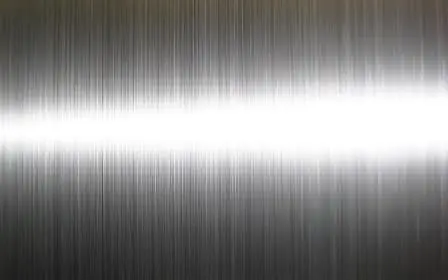
Why metal materials break down. What are corrosion-resistant steels and alloys. Chemical composition and classification according to the type of stainless steel microstructure. Factors affecting pricing. Steel grade designation system (GOST requirements). Application area
Steel support: types, types, characteristics, purpose, installation rules, operation features and applications
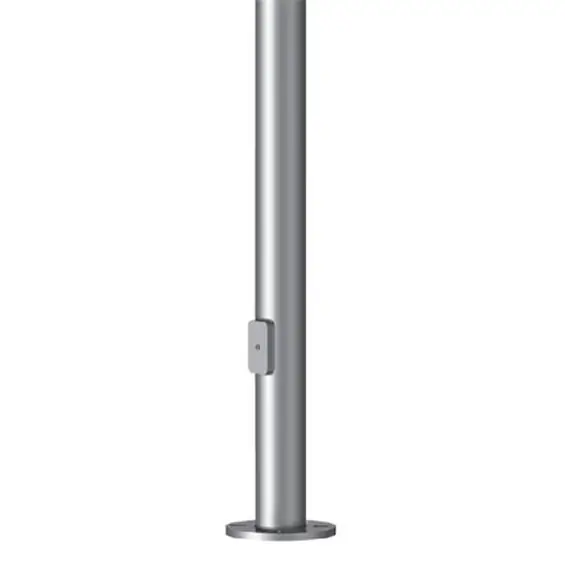
Steel poles today are most often used as lighting poles. With their help, they equip the lighting of roads, streets, courtyards of residential buildings, etc. In addition, such structures are often used as supports for power lines
Coiled galvanized steel with a polymer coating: characteristics, purpose
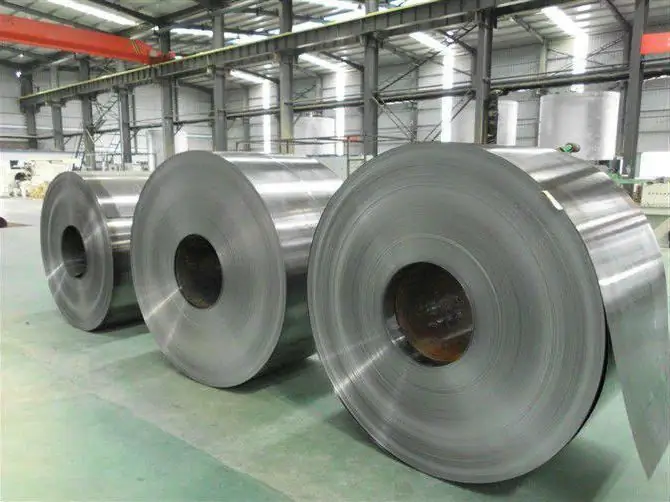
Rolled steel is one of the most common types of rolled metal. To make a successful purchase of this material, you should know several important features
440 steel - stainless steel. Steel 440: characteristics
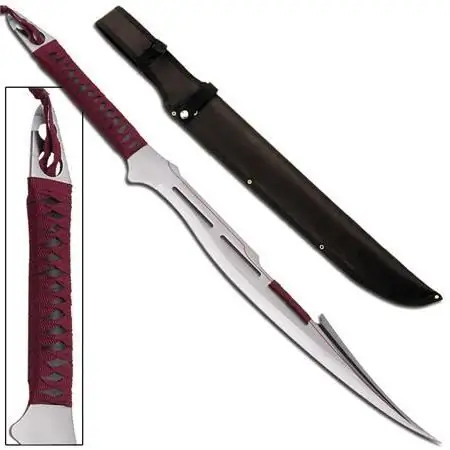
Many people know 440 steel. It has established itself as a reliable, anti-corrosion, time-tested hard material, which is most often used for the manufacture of knives for various purposes. What is the secret of this alloy? What are its chemical, physical characteristics and applications?

